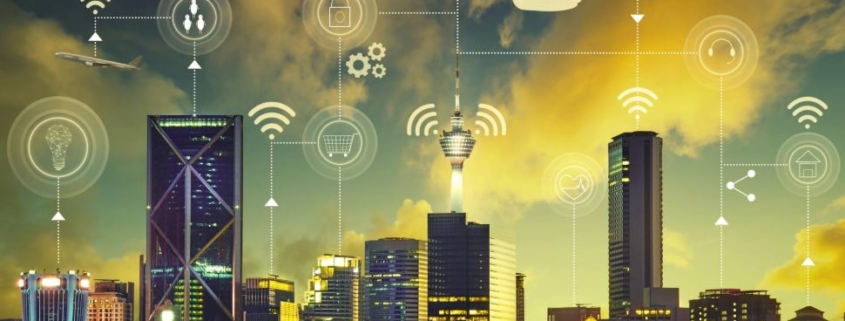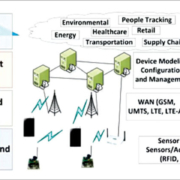5G Is Coming Soon. Do You Care? You Should. Here’s Why.
Upgrading U.S. wireless networks has been called our most important infrastructure project. It’s actually happening.
PROGRESS IS GENERALLY a highly subjective term. But for those who understand what it is and what it means, the advent of 5G is unequivocally good news. As it develops and grows, the next generation wireless network has the potential to create millions of jobs, drive growth, and enable a host of new technologies, from smart appliances on The Internet of Everything to autonomous vehicles and nearly instantaneous downloads of even the most epic movies and games.
In some ways that we will perceive very directly, and in others we may not, 5G is going to improve our lives, and very soon, likely by early 2020. By that time, according to most predictions, roughly 20.8 billion devices will be connected to the internet. So 5G will be built for capacity as well as for speed.
So, what is it, exactly? Most simply, 5G is 5th Generation wireless technology. In the early 1990s, when wireless phone technology emerged, the first-generation network (1G) carried voice only. When text between two cellular devices became possible, 2G was born. With 3G came the ability to make calls, send text, and surf the web from a wireless device deemed “smart.” Even smarter, and more entertaining, the 4G network allowed us to make calls, send texts, browse the internet, and both download and upload video files with relative ease.
“Unlike today’s networks that are built using large towers scattered every few miles, 5G requires the massive deployment of small cell technology to enable the network to handle the exponential growth of data transmission, which will need to be much denser.” Explains Marcelo Claure, CEO of Sprint. “In a neighborhood block for example, there may be dozens of small, unobtrusive shoe-box sized cells mounted on street lights, buildings and other public infrastructure.”
So 5G will improve on 4G LTE by creating a new architecture that will be built to last. In essence, we won’t need 6G. Unlike when pervious networks were devised, in a somewhat ad hoc fashion, 5G will be based on a flexible system of both micro- and macro-cells that can be easily upgraded. Previously, mobile data technologies were built around hardware; 5G will be software-driven and software can be updated far more easily than hardware, at a much lower cost.
A challenge with higher frequency signals is that they don’t travel as far as lower frequencies, so multiple input and output antennas (MIMOs) will need to be used to boost and multiply signals anywhere 5G is offered.
McCarthy explains another palpable improvement in on the horizon. “One of the most important advances in 5G is that it will decrease latency, the delay before a transfer of data actually begins.” Multiplayer gaming, for example, requires a lower latency to ensure that when you hit a button, the remote server responds instantly. Moment by moment, 5G will help us save our most precious commodity: time. As we enter the age of self-driving cars, this level of responsiveness may also save lives.
McCarthy offers some perspective in terms of where we are now and where we’re going. “Today, the average consumer uses under 10 GB of cellular data per month. 5G will offer more than that, within seconds. We’re talking about downloading a typical HD movie in about 4 seconds.” Good thing his company’s generous slices of spectrum are built for speed as well as high volumes of data.
“We have a lot of room to grow. For over 15 years, we’ve been assembling a portfolio of high-band spectrum at a reasonable cost, far ahead of the curve, because we’ve known the wireless data crunch was coming. We knew what would be needed for the network of the future.” Now you know too.
This content is brought to you by our partner. It does not necessarily reflect the views of National Geographic or its editorial staff.











